What does lacfiol look like and how to grow flowers?

Lakfiol is a very beautiful and vibrant flower with a delicate scent reminiscent of lilac. Despite the fact that the plant does not require particularly difficult care, today not many people are engaged in its cultivation.
Description
The garden plant lacfiol appears under many names - "jaundice Chery", "yellowfiol" or "heirantus". This beautiful flower is a member of the Cruciferous family, and its varieties can be either annual or biennial. In the wild, the spectacular-looking plant is found in the Mediterranean, the Caucasus and Crimea.
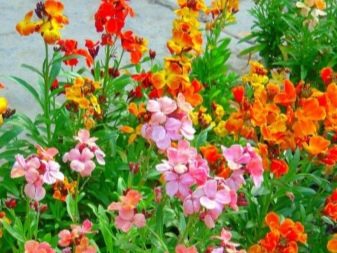
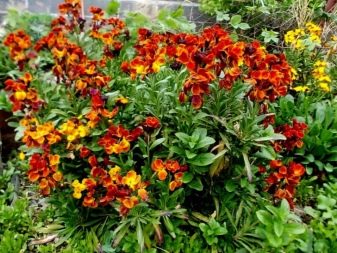
The height of the heirantus can be from 40 to 100 centimeters. Branched stems, growing straight or with a slight uplift, are covered with a small downy. Closer to the base, the branches are usually lignified. The narrow and long leaf blades of lacfioli are colored grayish green. Resembling lily of the valley leaves, they densely cover the shoots.
The diameter of the flowers does not go beyond 2-2.5 centimeters. They have 4 petals, painted in a variety of colors: white, yellow, orange, brick or dark purple. Simple or double buds are combined into large racemose inflorescences. At the end of flowering, usually lasting from late summer to autumn, pods are formed in place of the buds, filled with small brown grains.
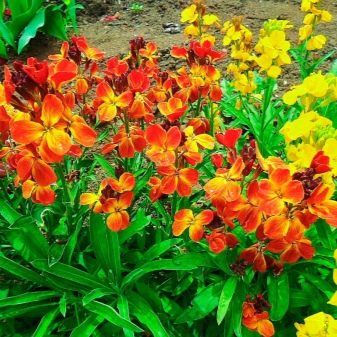
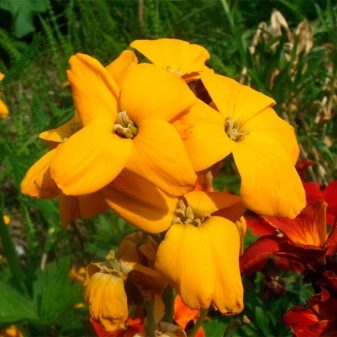
Types and varieties
It is customary to distinguish several varieties of lacfioli ordinary. For example, the alpine grows up to 40 centimeters in height, overgrows with lush dark green foliage, and during flowering is covered with yellow flowers. Bushes of the Chery variety reach 65 centimeters in height. The shade of their inflorescences can be golden, and pale brown, and lilac. The Allion hybrid is characterized by large orange flowers.


Variable lacfioli have bright yellow inflorescences. This type of bush can grow up to 80 centimeters. Heirantus variety "Motylki" in central Russia is used as an annual and is not capable of wintering outdoors. Dense inflorescences, painted in yellow, red or purple shades, are suitable for flower beds and group plantings. Bright "Spring Song" attracts attention not only with graceful racemose inflorescences, but also with a sweet, refreshing scent.
The color of the flowers ranges from yellow to bright red.
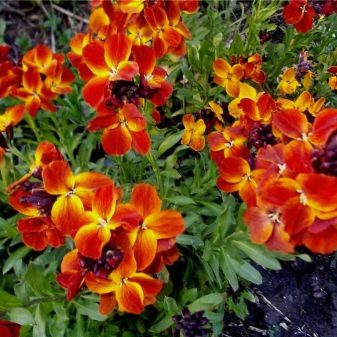
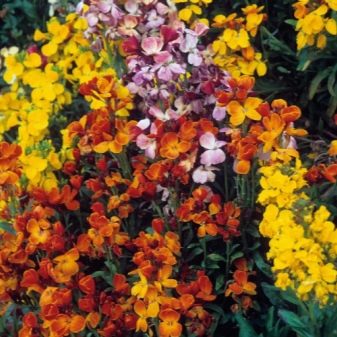
Quite popular among gardeners are low-growing varieties, characterized by the appearance of bushes 20-30 centimeters high, - Prince or Zwerd. This also includes the "Snow Queen", which blooms from early June to September. The height of the bush of this variety is 30 centimeters, and the bright petals are painted in a mixture of shades.
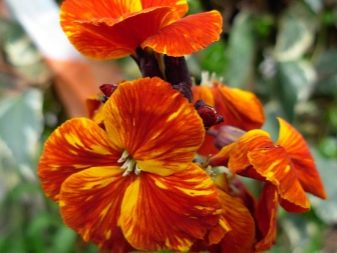
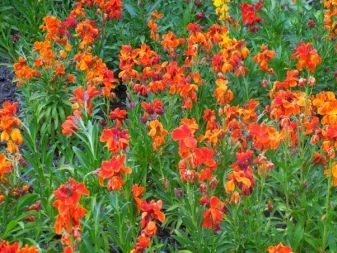
Of medium-sized varieties, reaching a height of 40 centimeters, especially famous for the fiery red Fire King or Bedderwhose palette includes yellow, orange and red. Finally, Ruby Gem with purple inflorescences, cream Linnaeus and Goliath Treib with brown flowers are usually considered tall.
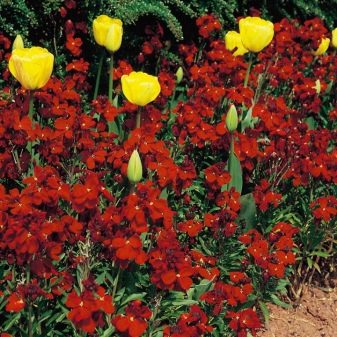
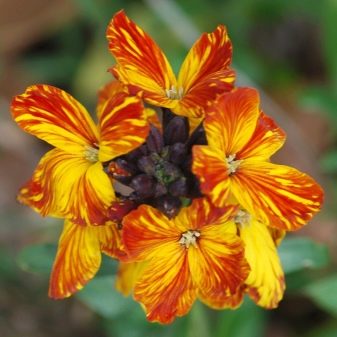
Landing
Sowing lacfioli seeds for seedlings is carried out in early spring, and the plant is sent to unprotected soil somewhere after a couple of months. The spacious container is filled with light but nutritious soil. Since the material is diminutive, it is advised to combine it with large grains of sand before planting, and then evenly spread it over the surface.
The crops are lightly sprinkled with earth, sprayed with a spray bottle, and then tightened with cling film or covered with glass. The container is removed to a room where the temperature is maintained from +16 to +18 degrees, and there is also diffused lighting.
Once a day, plantings are necessarily ventilated, and as the soil dries up, they are irrigated from a spray bottle. The emergence of the first seedlings of the culture is accompanied by the removal of the film. When the seedlings have 2 true leaves, it can be dived.
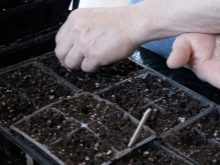
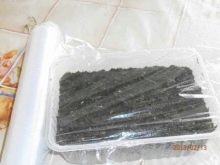
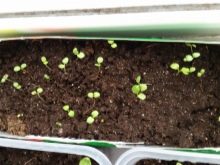
It is customary to transfer lacfiol to the garden somewhere from mid-May, when both the air and the soil have reached a sufficient temperature. Each seedling will have to be placed in an individual hole, the dimensions of which allow you to freely accommodate all the roots. When filling the depression with a substrate, you will have to control so that the root collar remains at the level of the soil surface. It is customary to leave the free space between individual copies equal to 20-30 centimeters. The procedure necessarily ends with irrigation of the heiranthus.
In that case, when seeds are planted immediately on open ground, this happens from the end of May to June. The soil surface is smoothed and the seed is evenly spread over it. The grains are to be embedded in the soil with a rake, and then irrigated from a watering can. When seedlings appear on the surface, it will be necessary to thin out, removing weak specimens and transporting interfering bushes to another place. Also, after waiting for the appearance of 2 full leaves, you will need to plant the plants at a distance equal to 15 centimeters.
The land will first need to be dug up and fertilized with nitrogen-containing fertilizers.
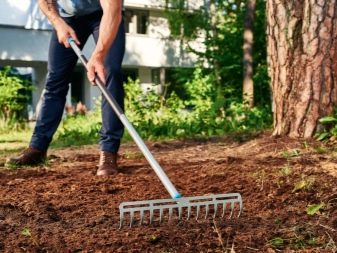
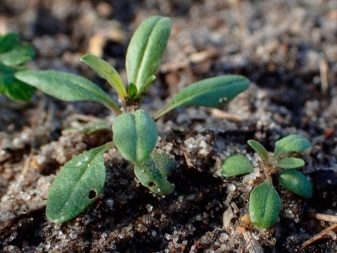
In areas with warm, mild winters, it is possible to plant the crop before winter. On the contrary, before the cold snap to -18 degrees, the crop should be transferred to a flower pot and sent for the winter to a heated place, for example, in a greenhouse or even home.
It should be mentioned that it is recommended to grow Heiranthus in well-lit areas, fenced off from drafts. Low-lying areas where precipitation and melt snow accumulate, as well as those beds where cruciferous plants used to live, are not suitable for the culture. In the case of a close location of groundwater for a flower, it will be necessary to construct a high bed.
Lacfioli soil is required fertile, with the ability to good water and air permeability. For example, it can be loose calcareous soils or loams. The optimum pH is either alkaline or neutral. 2 weeks before sowing or planting seedlings, the earth must be dug to the depth of a shovel bayonet and fed with humus or compost.
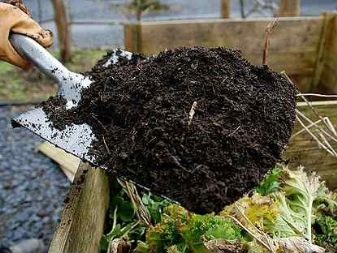
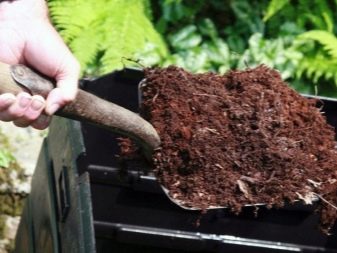
Care
Successful cultivation of lacfioli from seeds or seedlings in a flower bed is possible if the plant is exposed to light and dryness. In the open field, the crop should be irrigated regularly, but not too often, waiting for the top layer of the earth to dry out. Since heirantus tolerates drought well, but does not tolerate stagnation of liquid, excessive watering is more likely to be harmful to it. Watering will be accompanied by loosening the surface and removing weeds.
Fertilizing crops should be regular. When planting, the plant requires organic fertilizers, and then only mineral fertilizers. It is customary to carry out the procedure several times: after half a month after the appearance of seedlings, when the flower shows intense growth, and during the formation of buds.
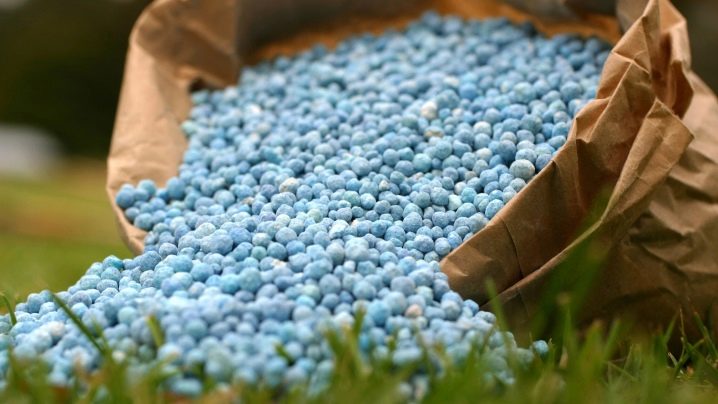
Caring for this flower is a lot like caring for a petunia. This means that pinching the upper parts of the shoots will stimulate branching, and timely harvesting of wilted inflorescences will lead to more active flowering.
An important component of care is also pruning of dried or damaged leaves and shoots, carried out before wintering.
Reproduction
It is accepted to propagate lacfiol only by seeds. Cutting, in principle, is possible, but since this method is laborious and ineffective, it is used only in rare cases.
Seeds are planted directly into the ground only in the southern regions, and in other situations, seedlings are grown first. There is also a point of view that the seedling method is only suitable for annual varieties, while other varieties are best sown immediately on open ground.
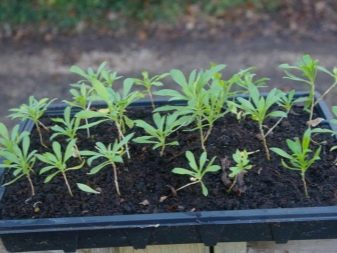
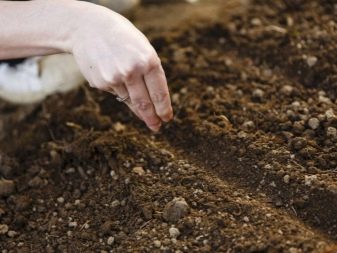
Seed pods are harvested from the beginning of autumn. After thoroughly drying, they are stored in cardboard boxes or cloth bags.
Most varieties of Heirantus are also self-seeding. However, the material distributed in this way either does not germinate at all, or it produces seedlings prone to frequent diseases.
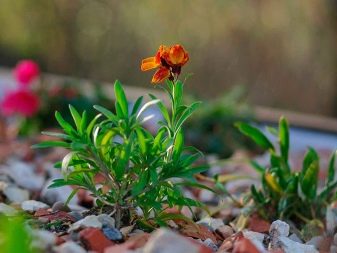
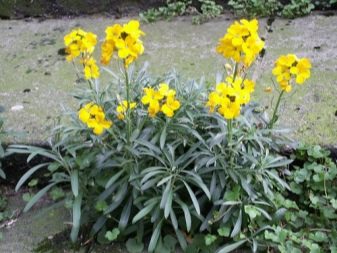
Diseases and pests
The immunity of lacfioli cannot be called particularly persistent. The plant is often affected by white rust, as a result of which the leaf blades and stems are deformed and covered with a whitish bloom. To solve the problem, the affected parts are immediately removed, and the plant itself is treated with a fungicide. Another fungal disease, powdery mildew, leads to the formation of white bloom and yellowish spots on the leaves. Culture treatment is carried out in a similar way.
Keel disease, provoked by a fungus, causes irreparable damage to the root system of the plant. The fact that lacfiol is in the initial stage of infection is evidenced by wilting and yellowing of the leaves. Most often, it is not possible to save a flower from a keel. To prevent this disease, liming of the soil is carried out, and the level of irrigation and the amount of nitrogen applied are controlled. To clear the soil of fungi wintering in the soil, each season has to be completed by disinfecting the earth.
A cruciferous flea often settles on the heirantus, which can only be expelled with the help of insecticides.
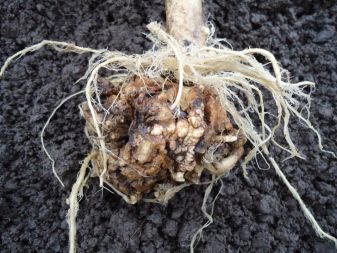
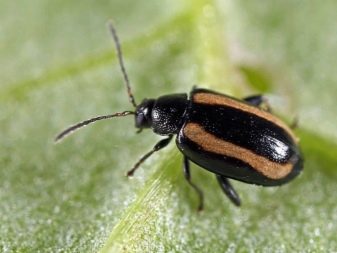
Combination with other plants
Despite the fact that a spectacular-looking lacfiol is usually used for group planting in a flower bed, it also looks interesting in combination with other plants. In landscape design, combinations of heiranthus with night violets, iberis, tulips and poppies are common. Also among its neighbors are daffodils, forget-me-nots, alliums and heliopsis. Low-growing green shrubs are considered a good background for bright flowers.
Quite often, lacfiol becomes part of a rocky garden or rock garden.
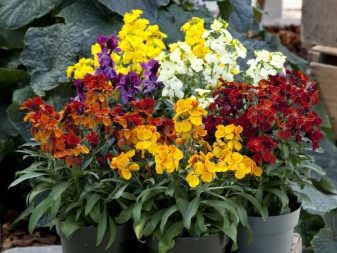
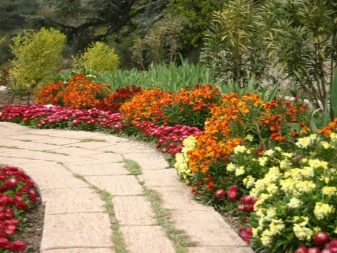







































































































The comment was sent successfully.